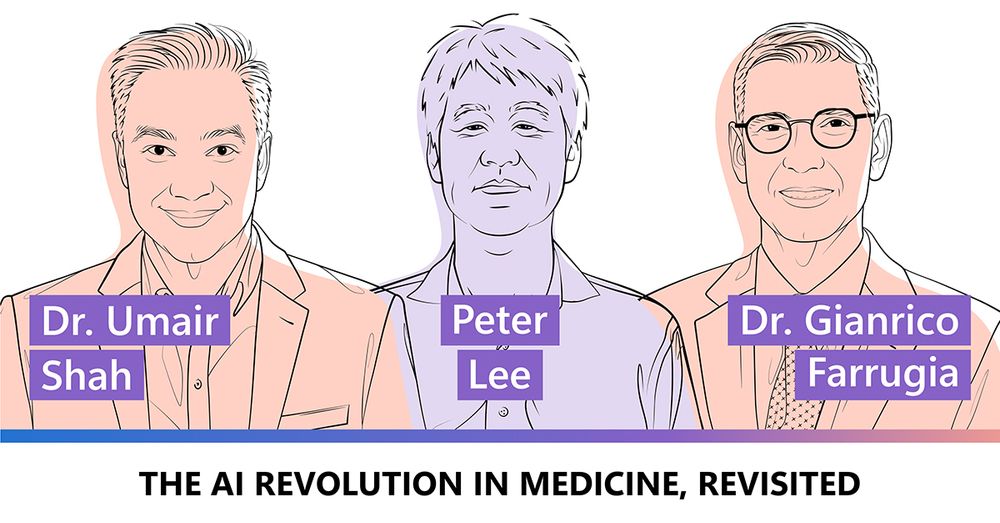Microsoft Research
@msftresearch.bsky.social
4.4K followers
10 following
200 posts
We advance science and technology to benefit humanity.
http://microsoft.com/research
Posts
Media
Videos
Starter Packs
















